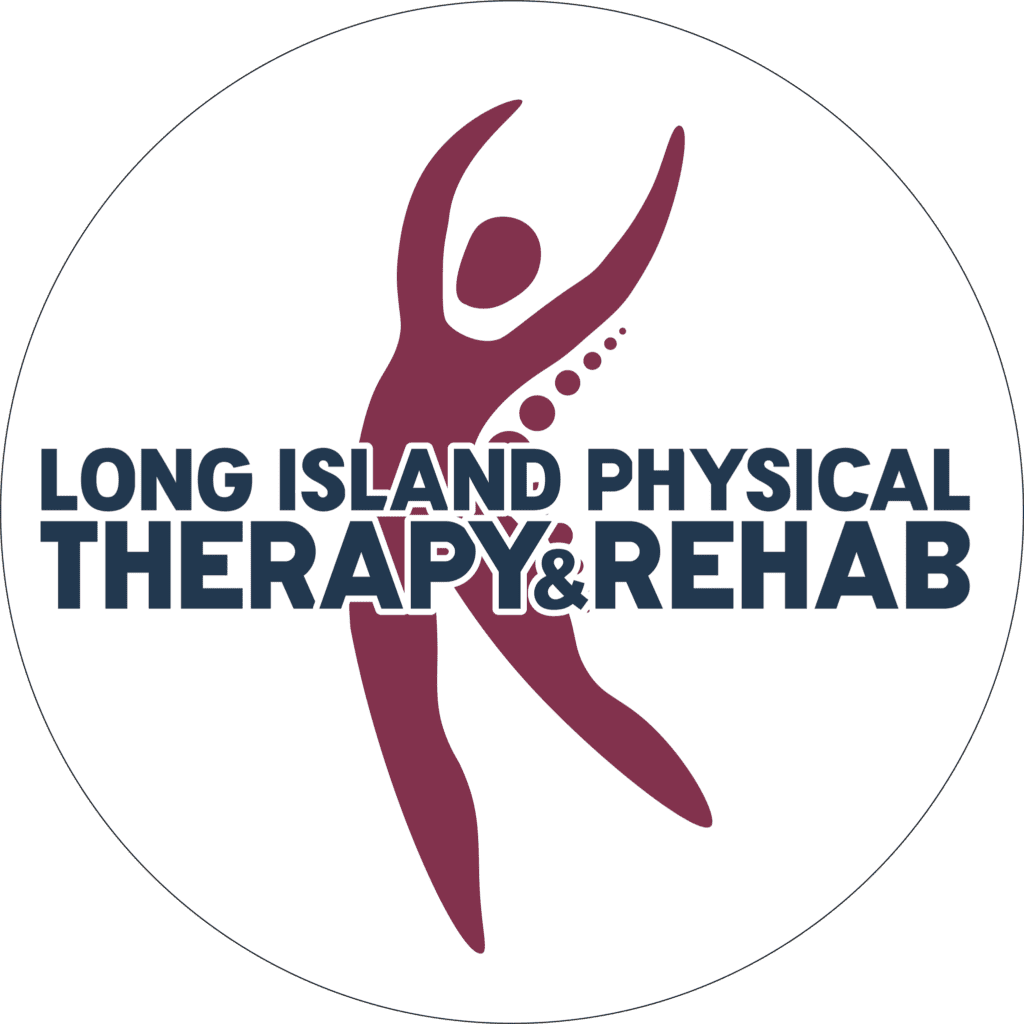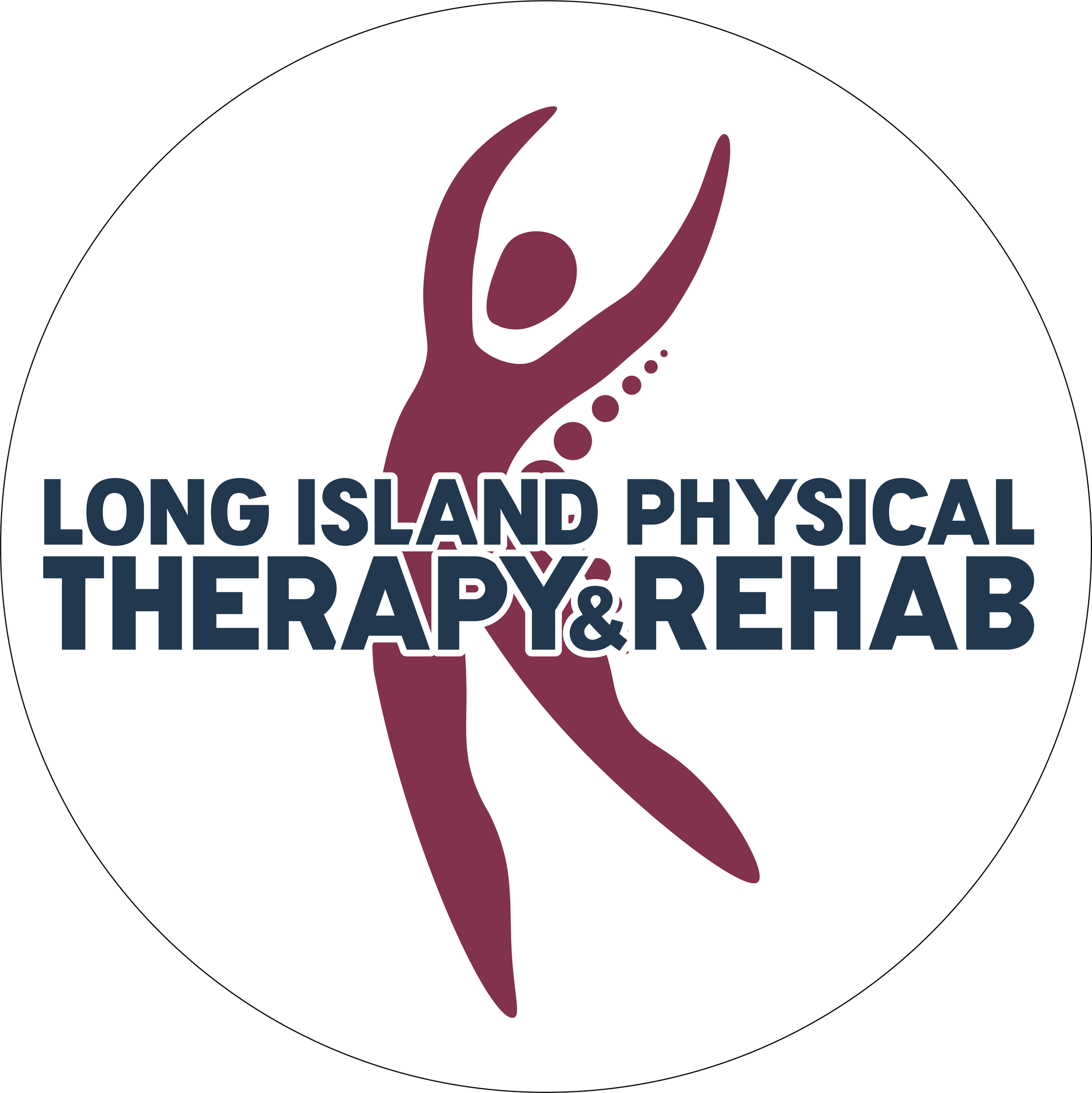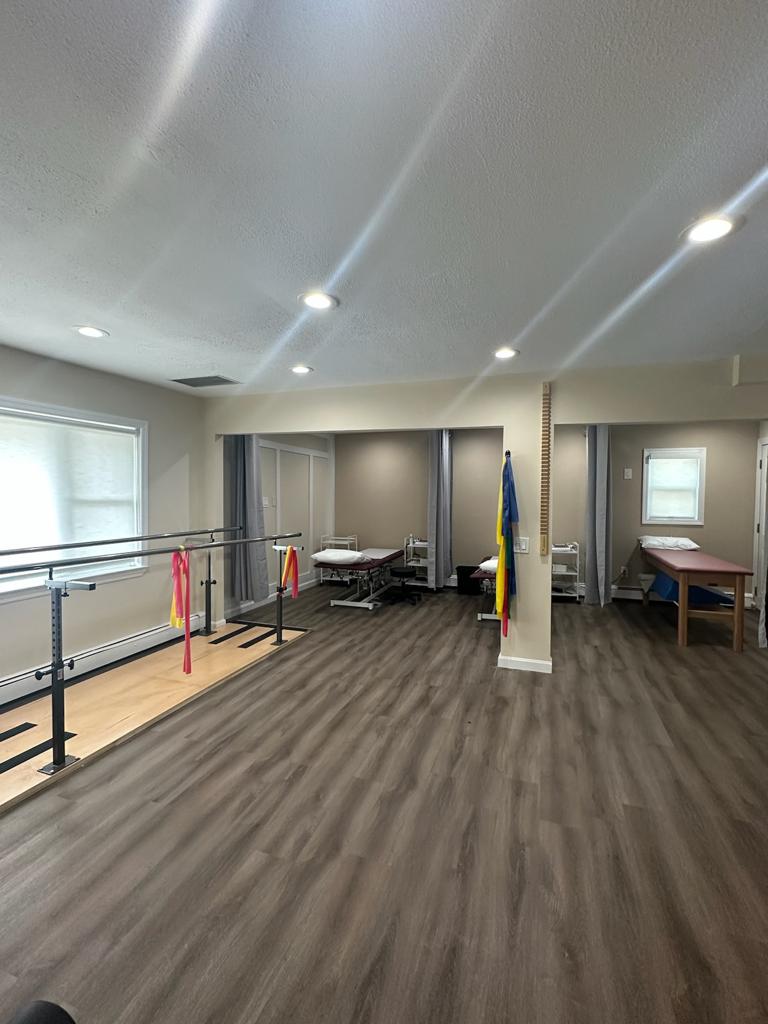Physical therapy and occupational therapy are two healthcare professions. Physical therapy aims to restore physical mobility, strength, and flexibility through exercises and treatments. It helps patients regain independence after injuries, surgeries, or illnesses.
Conversely, occupational therapy emphasizes enhancing daily self-care, work, and leisure activities. Occupational therapists adapt environments and teach alternative methods to achieve goals. They may suggest modified tools or techniques for daily routines. Whether you need help with movement or everyday tasks, physical and occupational therapy offers valuable services for your well-being. Discover the difference between Physical Therapy And Occupational Therapy. Learn their unique roles in rehabilitation & enhancing daily life.

What is physical therapy?
Physical therapy is a healthcare approach that helps people recover movement and function after an injury or illness. It uses exercises, stretches, and hands-on techniques to improve strength, flexibility, and mobility.
Physical therapists, or PTs, are highly trained professionals who work closely with patients. They create personalized treatment plans based on each person’s condition. The goal is to reduce pain, restore function, and enhance overall well-being.
During a physical therapy session, the therapist guides you through exercises to improve muscle strength and joint flexibility. They may use techniques like massage or stretching to relieve pain and improve range of motion. You can also use specialized equipment like resistance bands or balance boards.
Physical therapy can help with sports injuries, back pain, joint disorders, and neurological conditions like stroke or multiple sclerosis. It’s also useful for post-surgical rehabilitation to regain mobility and independence.
The duration and frequency of therapy sessions vary. Therapy may require a few weeks or several months, depending on the individual. The therapist monitors progress and adjusts the treatment plan as needed.
Physical therapy is a collaborative process. Your active participation is crucial for successful outcomes. The therapist provides guidance and support, and following their instructions and completing prescribed exercises outside sessions is important.

What is Occupational Therapy?
Occupational therapy is a branch of medicine that aids patients in enhancing their capacity to carry out daily tasks. It focuses on enabling individuals to participate in meaningful occupations that are important to them.
Occupational therapists, sometimes called OTs, collaborate closely with patients to determine their unique requirements and objectives. They evaluate how a person’s physical, cognitive, and emotional abilities impact daily activities. They create individualized treatment strategies based on this assessment.
The therapist may improve fine motor skills, coordination, and balance during occupational therapy sessions. They may also address cognitive abilities, such as memory or problem-solving. The goal is to enhance independence and productivity in self-care, work, and leisure activities.
OTs use a variety of techniques and strategies to achieve these goals. They may provide adaptive equipment, teach alternative techniques, or modify the environment to make tasks easier. They also focus on building skills and addressing underlying impairments.
Occupational therapy benefits many conditions, including physical injuries, developmental disorders, mental health issues, and neurological conditions like Parkinson’s or autism. It can also assist older adults in maintaining independence as they age.
The frequency and duration of occupational therapy sessions vary depending on the individual’s needs. The therapist will closely monitor progress and adjust the treatment plan as necessary.
Is physical therapy and occupational therapy similar?
While physical and occupational therapy shares some similarities, they are distinct in their focus. Both aim to help people improve their quality of life and regain function, but they have different approaches.
Physical therapy focuses on restoring physical abilities and movement after an injury or illness. It targets strength, flexibility, and mobility through exercises and hands-on techniques.
On the other hand, occupational therapy focuses on helping individuals engage in meaningful activities and daily tasks. It addresses a broader range of factors, including physical, cognitive, and emotional abilities, to enhance independence and productivity.
Physical therapists often work on specific body areas or conditions, such as muscles, joints, or sports injuries. On the other hand, occupational therapists address a wider range of activities and consider the overall context of a person’s life.
Physical Therapy And Occupational Therapy: Key Differences
Physical and occupational therapy are two distinct but closely related fields in healthcare. While they share some similarities in their goals and techniques, key differences set them apart. Individuals can choose the therapy that best fits their requirements by being aware of these variances.
Physical therapy, sometimes known as PT, emphasizes the physical components of healing and rehabilitation. It aims to improve a person’s movement, strength, flexibility, and overall physical function. Physical therapists, or PTs, assess and treat various conditions related to muscles, bones, joints, and neurological systems.
The primary goal of physical therapy is to alleviate pain, restore range of motion, and promote optimal physical function. To achieve these goals, PTs use therapeutic exercises, manual therapy, electrical stimulation, heat or cold therapy, and ultrasound. They collaborate closely with patients to create individualized treatment programs that consider patients’ needs and objectives.
Physical therapy is often recommended for recovering from injuries, surgeries, or conditions affecting physical mobility and function. It is commonly used in sports medicine, orthopedics, neurology, and rehabilitation settings. PTs help patients regain strength, improve balance and coordination, manage pain, and enhance physical performance.
Occupational therapy, called OT, helps people do important things and daily activities. Occupational therapists, or OTs, check and handle physical, thinking, feeling, and environmental things that affect independence.
Occupational therapy’s major objective is to help people engage in daily activities that are important to them, such as self-care, job, school, and leisure. OTs consider the person’s overall well-being, quality of life, and ability to carry out their roles and responsibilities.
Occupational therapists help people by trying different things to support them. This can include special tools, changing the environment, doing therapy activities, training the mind, integrating the senses, and managing stress. They work closely with individuals to find practical solutions and improve their skills for everyday tasks.
longislandptrehab.com(opens in a new tab)
Occupational therapy is good for people of all ages facing physical, thinking, or feeling difficulties that make daily activities hard. Hospitals, schools, rehab centers, and community programs have occupational therapists or OTs. They help people enhance their movement, senses, thinking, and emotions to be more independent and healthy.
While physical therapy and occupational therapy share the common goal of improving a person’s quality of life and functional abilities, several key differences set them apart:
Focus and Scope of Practice
Physical therapy focuses on improving mobility, strength, and flexibility during rehabilitation. Occupational therapy considers physical, cognitive, emotional, and environmental factors that affect daily activities.
Treatment Goals
Physical therapy aims to restore physical function, reduce pain, and improve range of motion. Occupational therapy focuses on enabling individuals to perform meaningful activities and tasks important to their daily lives.
Techniques and Interventions
Physical therapists help with physical issues using exercises, hands-on techniques, and treatments like heat or cold. Occupational therapists assist by using special tools, changing surroundings, and doing activities to improve skills and independence.
Areas of Specialization
Physical therapy often specializes in orthopedics, sports medicine, neurology, and cardiopulmonary rehabilitation. Occupational therapy specializes in pediatrics, mental health, geriatrics, and vocational rehabilitation.
Assessment and Evaluation
Physical therapists assess physical impairments and evaluate range of motion, strength, and pain levels. Occupational therapists assess functional abilities, cognitive skills, sensory processing, and environmental factors.
Treatment Setting
Physical therapy is usually given in clinics, hospitals, and rehab centers. Occupational therapists work in hospitals, schools, homes, and community programs.
Targeted Population:
Physical therapy helps with healing after injuries, surgeries, or problems with moving. Occupational therapy is for people of all ages with physical, thinking, or emotional difficulties.
Collaboration with Other Professionals
Physical therapists work closely with doctors, surgeons, and other healthcare experts to give complete care. Occupational therapists team up with teachers, psychologists, social workers, and others to meet individuals’ wider needs.
FAQs
What is the main difference between physical therapy and occupational therapy?
The main difference is that physical therapy focuses on improving physical function, while occupational therapy helps individuals engage in meaningful activities.
Who can benefit from physical therapy?
Physical therapy can benefit anyone recovering from injuries, surgeries, or conditions affecting physical mobility and function.
What kind of conditions does occupational therapy address?
Occupational therapy addresses physical, cognitive, or emotional challenges that affect daily activities in individuals of all ages.
How do physical therapists help patients?
Physical therapists help patients by designing personalized treatment plans, incorporating exercises, stretches, and manual techniques to improve strength, flexibility, and mobility.
What interventions do occupational therapists use?
Occupational therapists use adaptive equipment, environmental modifications, and therapeutic activities to enhance functional abilities and independence.
Can someone receive both physical therapy and occupational therapy simultaneously?
In some cases, individuals may benefit from receiving both therapies to address their specific needs comprehensively.
How long does therapy usually last?
The duration of therapy varies depending on individual needs, ranging from a few weeks to several months. Therapists closely monitor progress and make adjustments as necessary.
The Bottom Line
Knowing the difference between physical and occupational therapy can help you choose the right care. Physical therapy helps with movement and strength after injuries or illnesses. Occupational therapy focuses on daily activities.
Both therapies improve your life. Whether you need help moving or doing everyday tasks, these therapies promote well-being and independence. Talk to healthcare experts to decide which therapy suits you. Remember, dedicated professionals in both fields are here to support you on your journey to a better life.



